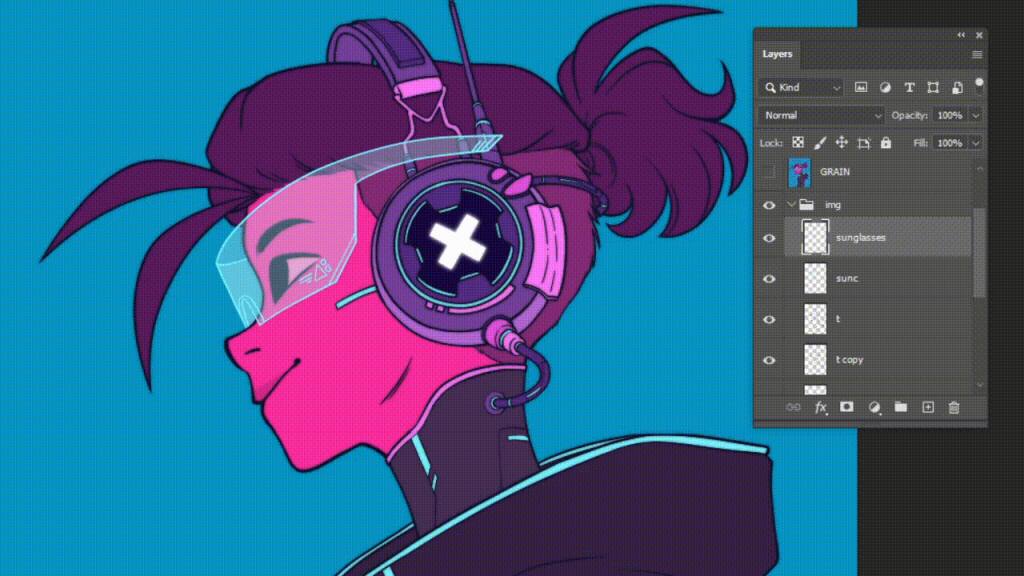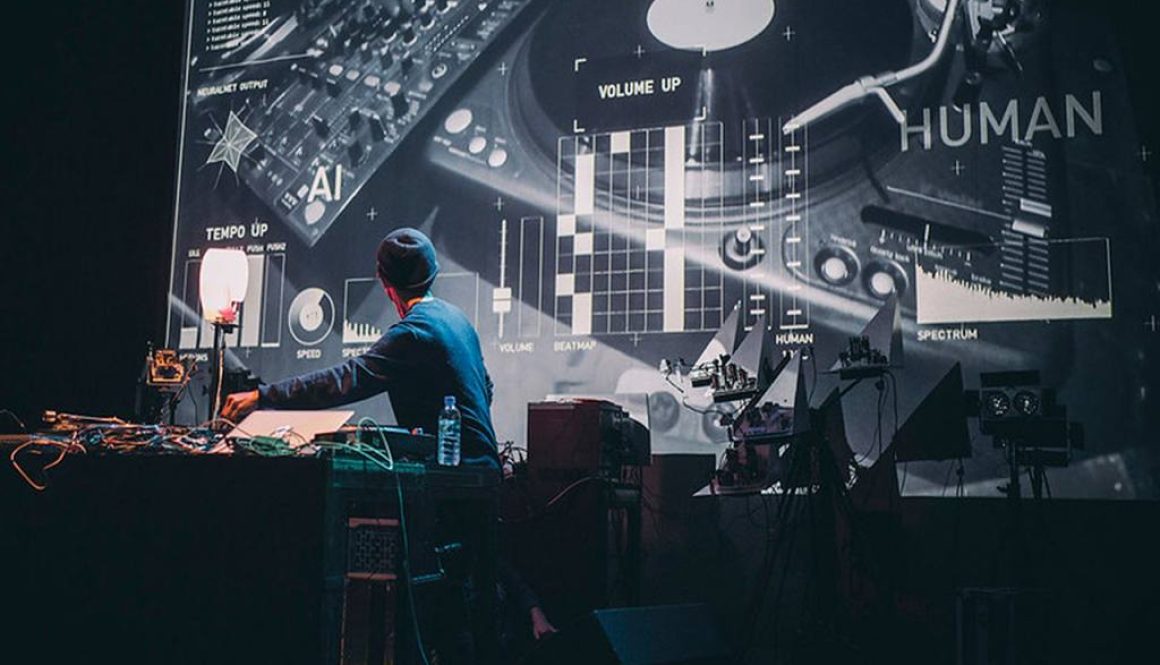The History and Future of Digital Art
Digital art has become a significant force in the creative world, shaping how we interact with images, videos, and even interactive experiences. Its rise has been closely tied to technological advancements that have redefined the very concept of art and creativity. Though digital art is now a mainstream medium, its history is rooted in decades of experimentation and evolution. As technology continues to develop, the future of digital art promises even more exciting possibilities. Understanding where digital art began and where it is heading offers a deeper appreciation of this ever-evolving form.
The Origins of Digital Art
Digital art, in its early stages, was born from the intersection of art and computer technology. The journey began in the 1950s when artists and engineers began experimenting with computers as creative tools. One of the first digital artists, Ben Laposky, created abstract images using an analog computer and an oscilloscope, which he called “oscillons.” His work, though largely mathematical, marked a significant step toward the blending of art and technology.
During the 1960s and 1970s, as computers became more accessible, more artists began to explore their creative potential. Artists like Frieder Nake and Vera Molnár were pioneers in the field, using programming languages to generate algorithmic art. These early works were often geometric and abstract, created by feeding code into computers to produce visual patterns. Though rudimentary by today’s standards, these efforts laid the foundation for the digital art movement, establishing that computers could be a legitimate artistic tool.
The Rise of Digital Art in the 1980s and 1990s
The 1980s and 1990s saw an explosion in digital art as personal computers and graphic software became more widely available. Artists now had access to tools like the Commodore Amiga and software such as Adobe Photoshop, allowing for greater creative freedom. This era marked the beginning of digital painting, photo manipulation, and 3D modeling, making digital art more diverse and accessible.
At the same time, video games and digital animation began to emerge as significant art forms. The video game industry in particular brought digital art into popular culture, showcasing the vast possibilities of digital graphics. By the late 1990s, the internet had also begun to play a role in the distribution and sharing of digital artworks, allowing artists to reach a global audience more easily than ever before. This digital democratization of art meant that creators no longer needed gallery representation or traditional mediums to find success, as online platforms began to support the rise of independent digital artists.

The Role of Digital Art in Today’s World
Today, digital art is a powerful and versatile medium, used across a wide range of industries. From entertainment and advertising to education and social media, digital art is a cornerstone of modern visual communication. Artists now create using tablets, drawing pads, and software that allow them to bring their ideas to life in ways that were once unimaginable.
Social media has become a key platform for digital artists to showcase their work, often building careers solely through their online presence. Instagram, Twitter, and dedicated art websites offer new opportunities for artists to connect with fans and clients, bypassing traditional gatekeepers. Digital art has also become a significant part of contemporary fine art, with digital prints, installations, and even virtual reality experiences being exhibited in galleries and museums.
Another major development in digital art is the rise of NFTs (non-fungible tokens). These digital assets represent ownership of unique works of art on blockchain technology. While controversial in some circles, NFTs have given digital artists new ways to monetize their work by creating digital scarcity. This has opened up new revenue streams and transformed the way digital art is bought, sold, and collected.
The Future of Digital Art
Looking forward, the future of digital art is poised to be even more dynamic and expansive. As technology continues to advance, new tools and platforms will allow artists to push the boundaries of creativity. One significant area of development is artificial intelligence (AI). AI is already being used by some digital artists to generate art, assist in the creative process, or enhance existing pieces. As AI becomes more sophisticated, we can expect a new wave of digital art that combines human creativity with machine learning capabilities.
Virtual and augmented reality (VR and AR) are also likely to play an increasingly important role in digital art’s future. These immersive technologies offer artists the ability to create interactive, three-dimensional experiences that go beyond traditional flat media. VR and AR can transform how audiences engage with art, allowing them to step inside a painting or interact with a sculpture in virtual space. This shift could redefine the relationship between art and viewer, offering a more participatory experience.
Blockchain technology, which has gained attention through the rise of NFTs, is another area to watch. Artists may continue to explore decentralized platforms for selling and distributing their work, allowing them to retain greater control over their creations. Additionally, as the metaverse—a shared virtual space—grows, digital art could become an essential part of this new online world, creating new opportunities for artists to display and sell their work in entirely digital environments.
Conclusion
Digital art has come a long way from its experimental origins to become a dominant force in the contemporary art world. As new technologies continue to emerge, the future holds exciting possibilities for artists looking to expand their creative horizons. From AI and VR to blockchain and the metaverse, digital art is set to evolve in ways that challenge traditional notions of art and push the boundaries of creativity. By exploring websites dedicated to the latest developments in digital art, artists and enthusiasts alike can stay informed and inspired by what lies ahead in this dynamic field.

